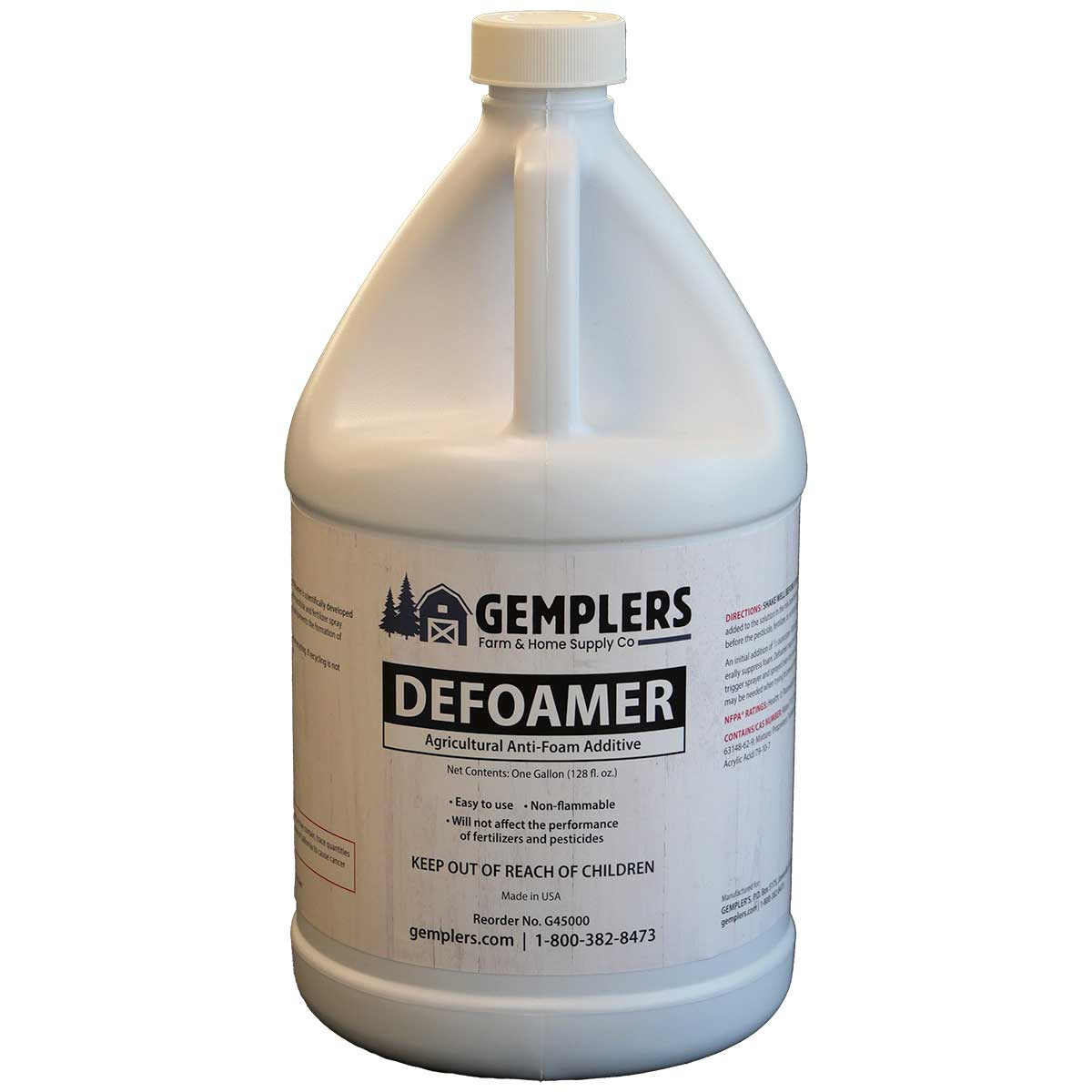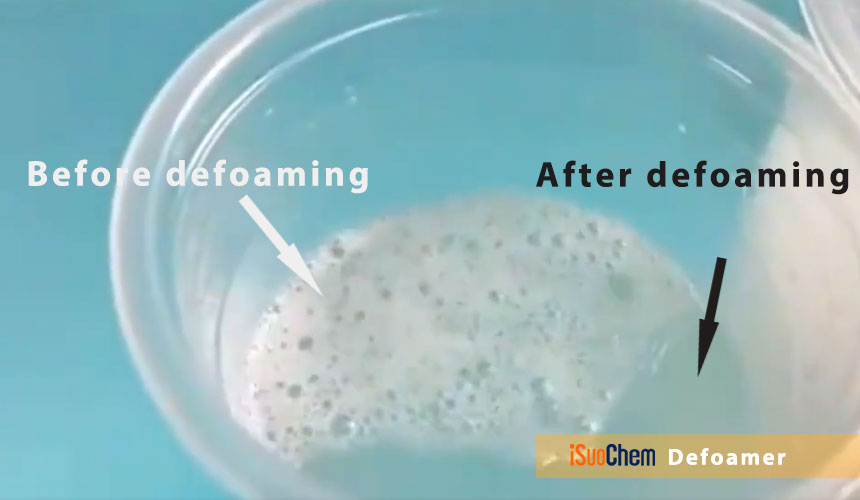Choosing the Best Defoamers for Your Manufacturing Line
Choosing the Best Defoamers for Your Manufacturing Line
Blog Article
How Defoamers Improve Performance in Manufacturing and Production

Comprehending Defoamers
Defoamers play a vital function in different making procedures by effectively combating the development of foam, which can interrupt procedures and impact item quality. Foam can occur in various contexts, such as during mixing, home heating, or chain reactions, possibly leading to inadequacies and variances in products. The device whereby defoamers operate normally includes minimizing the surface area tension of the fluid, enabling bubbles to integrate and rise to the surface area quicker, where they can after that burst.
Reliable defoamers not just decrease foam development but additionally maintain compatibility with the item, making sure that there are no damaging impacts on the last outcome. Recognizing the homes and functions of defoamers is necessary for manufacturers intending to optimize their procedures, improve productivity, and preserve the stability of their products (defoamers).
Secret Benefits of Defoamers
Making use of defoamers in manufacturing procedures supplies a variety of significant advantages that enhance functional effectiveness and item quality. One of the primary advantages is the reduction of foam formation during manufacturing, which can obstruct machinery and disrupt operations. By minimizing foam, defoamers make certain smoother procedures, leading to lowered downtime and upkeep prices.
Furthermore, defoamers boost item consistency by preventing air entrapment, which can compromise the honesty of the last product. This is particularly important in sectors where aesthetic appearance and texture are essential, such as in paints, coverings, and food products. Boosted product high quality not just fulfills customer expectations however likewise reinforces brand name reputation.
Additionally, defoamers can aid in optimizing resource usage. By boosting the performance of resources usage, they add to set you back financial savings and reduced waste, aligning with sustainability objectives. The application of defoamers can lead to much shorter handling times, making it possible for manufacturers to raise production capacity without considerable funding financial investment.
Applications in Various Industries
In making procedures across different sectors, the application of defoamers plays a critical duty in enhancing efficiency and product top quality. These chemical additives are utilized in sectors such as food and drink, pharmaceuticals, and textiles pop over here to reduce foam-related challenges.
In the food and beverage market, defoamers are necessary during the fermentation procedure, avoiding frothing that can interrupt production and ruin the product's stability. In a similar way, in the pharmaceutical market, defoamers are made use of in the formulation of liquid medicines, making certain harmony and stability while decreasing waste.
Fabric manufacturing also profits from defoamers, as they are made use of in dyeing and finishing processes to advertise even circulation of dyes and chemicals. This application not only enhances the last item's appearance but likewise reduces the amount of water and power taken in during production.
Additionally, in the paper and pulp sector, defoamers assist keep procedure performance by decreasing foam that can prevent machinery efficiency. In general, the diverse applications of defoamers across these markets emphasize their relevance in optimizing manufacturing procedures and delivering top notch items.

Selecting the Right Defoamer
Selecting a suitable defoamer is important for taking full advantage of effectiveness and quality in making procedures. The option of defoamer depends on various factors, consisting of the certain application, the sort of foam being produced, and the formula of the product being manufactured.

To start with, take into consideration the chemical compatibility of the defoamer with various other ingredients in your formulation. A defoamer that connects adversely with other parts can negatively impact item top quality. Furthermore, the temperature and pH array during handling find here are vital; some defoamers do optimally under particular conditions while becoming inadequate in others.
Secondly, evaluate the defoamer's efficiency qualities, such as its ability to rapidly reduce foam and its perseverance during production. It is important to select a product that not only eliminates foam swiftly yet additionally maintains its effectiveness in time.
Last but not least, consider environmental and regulatory elements, particularly if your manufacturing procedure undergoes stringent conformity criteria. Choosing a low-toxicity or eco-friendly defoamer can aid meet sustainability objectives while ensuring functional efficiency. By thoughtfully evaluating these standards, producers can make informed decisions that boost productivity and product stability.
Ideal Practices for Implementation
Effective implementation of defoamers in producing processes needs mindful planning and adherence to best practices. Selecting the ideal index defoamer, as formerly reviewed, is crucial; ensure it is compatible with the products involved and deals with the determined frothing issues successfully.
Following, preserve clear interaction with all stakeholders, consisting of operators and quality assurance groups. Educating sessions can aid ensure that everyone understands the dosing treatments, possible effect on product high quality, and security considerations. Carrying out a test phase can also be useful; monitor efficiency closely to determine efficiency and make required changes.
Furthermore, regular screening and monitoring of foam degrees can offer beneficial insights right into the defoamer's performance in time. Readjusting dosages in feedback to modifications in manufacturing variables will aid preserve optimum effectiveness - defoamers. Documenting all procedures and results advertises constant renovation, allowing for fine-tuning of defoamer usage and boosting overall efficiency in making operations.
Final Thought
In recap, defoamers play a critical role in enhancing efficiency within manufacturing and manufacturing procedures. By decreasing foam development and promoting bubble coalescence, defoamers add to enhanced item high quality, uniformity, and operational efficiency.
The benefits prolong to product high quality and price savings, as defoamers assist streamline procedures.Defoamers play a crucial role in different manufacturing processes by properly combating the development of foam, which can disrupt operations and influence item quality. Understanding the residential properties and functions of defoamers is essential for suppliers intending to optimize their processes, improve efficiency, and maintain the stability of their products.
Using defoamers in producing processes supplies a range of significant benefits that improve functional effectiveness and item quality.Furthermore, defoamers improve item uniformity by protecting against air entrapment, which can jeopardize the honesty of the final item.
Report this page